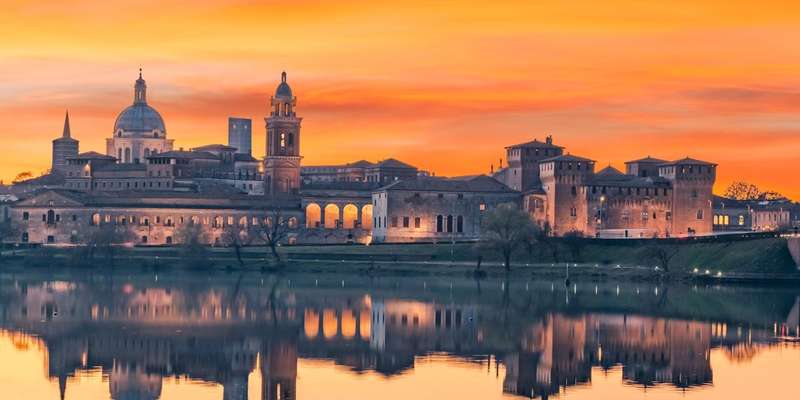- Home
- Useful Tips
- Alternative ways to experience...
Most visitors to Mantua never move beyond the triumvirate of Palazzo Ducale, Te Palace, and Rotonda di San Lorenzo. UNESCO-listed landmarks dominate itineraries, leaving travelers with surface-level impressions of this Renaissance jewel. Recent surveys show 78% of day-trippers regret missing authentic local experiences, while 63% feel overwhelmed by crowds at major sites. The real Mantua whispers through cobbled backstreets where Gonzaga courtiers once walked, in family-run osterias preserving 500-year-old recipes, and in workshops where artisans still craft lute strings as they did for Monteverdi. This disconnect between rushed tourism and deep cultural immersion creates frustration for travelers craving meaningful connections with destinations. When every minute counts, discovering Mantua's layered soul requires moving past checklists to uncover living traditions.


Where to find Mantua's secret courtyards and their stories
Beyond the grand palazzos, Mantua's residential blocks hide dozens of communal courtyards (cortili) that reveal social history. The Cortile del Mercato near Piazza Erbe conceals medieval wellheads where neighbors once gathered, while Cortile degli Arrivabene showcases Renaissance brickwork repurposed by 19th-century silk merchants. Locals know these spaces open to respectful visitors during daylight hours – simply press discreetly on unmarked wooden doors along Via Accademia. At Cortile della Cervetta, a surviving fragment of the city's original Jewish quarter, faded frescoes depict zodiac symbols from when astrologers advised the Gonzagas. These intimate spaces offer quiet respite from crowded piazzas while connecting you to Mantua's communal rhythms. Early evenings bring residents chatting on benches, offering perfect opportunities to observe daily life unfolding as it has for centuries.
How to experience Mantua's underground history
Few realize Mantua's watery foundations hold a parallel city of cisterns, crypts, and medieval escape routes. The most accessible hidden network lies beneath Sant'Andrea Basilica, where Gonzaga engineers built flood control chambers still used today. Local historians occasionally lead small groups through these vaulted tunnels (inquire at the Diocesan Museum). For DIY exploration, seek out the Pescherie di Giulio Romano – these Renaissance fish markets conceal subterranean canals where vendors once kept catches fresh. Nearby, Palazzo San Sebastiano's basement reveals original 15th-century foundations with visible flood marks. The real prize requires planning: the recently rediscovered Jewish ritual baths (mikveh) beneath Via Calvi, accessible through special requests at the synagogue. These underground sites reveal how Mantua constantly adapted to its lagoon environment, a narrative missed by most visitors.
Where to watch traditional Mantuan crafts in action
Mantua's artisan traditions thrive in workshops untouched by mass tourism. In the quiet streets behind Palazzo Te, Laboratorio Arazzi repairs Renaissance-era tapestries using the same techniques Gonzaga weavers employed – visitors can watch through the open workshop doors on weekday mornings. For musical heritage, Liuteria Mantovana continues making violin strings from sheep gut as they did for Monteverdi's orchestra. The most immersive experience awaits at Bottega del Tortello, where third-generation chefs demonstrate pumpkin tortelli preparation on Thursday mornings. These living museums require no tickets, just respectful observation. Many artisans welcome questions during work breaks, offering insights into Mantua's cultural continuity. Keep an eye out for the annual Artigiani Aperti event when normally private studios throw open their doors with demonstrations.
How to join Mantua's seasonal local traditions
Timing your visit to community events unlocks Mantua's true spirit. September brings the Festa del Tartufo when farmers sell white truffles directly in Piazza Sordello – arrive before 8am to watch chefs bid for the best specimens. Winter evenings see locals gathering for vin brulè at kiosks along Via Verdi, a tradition dating to Habsburg officers warming themselves during 19th-century winters. For a truly unique experience, attend the Friday fish auction at Pescherie di Giulio Romano, where restaurant owners and grandmothers alike bid on catches from the Mincio River. These authentic moments require no special arrangements – just a willingness to step off the prescribed tourist path and follow where Mantovani lead in their daily and seasonal rhythms.



